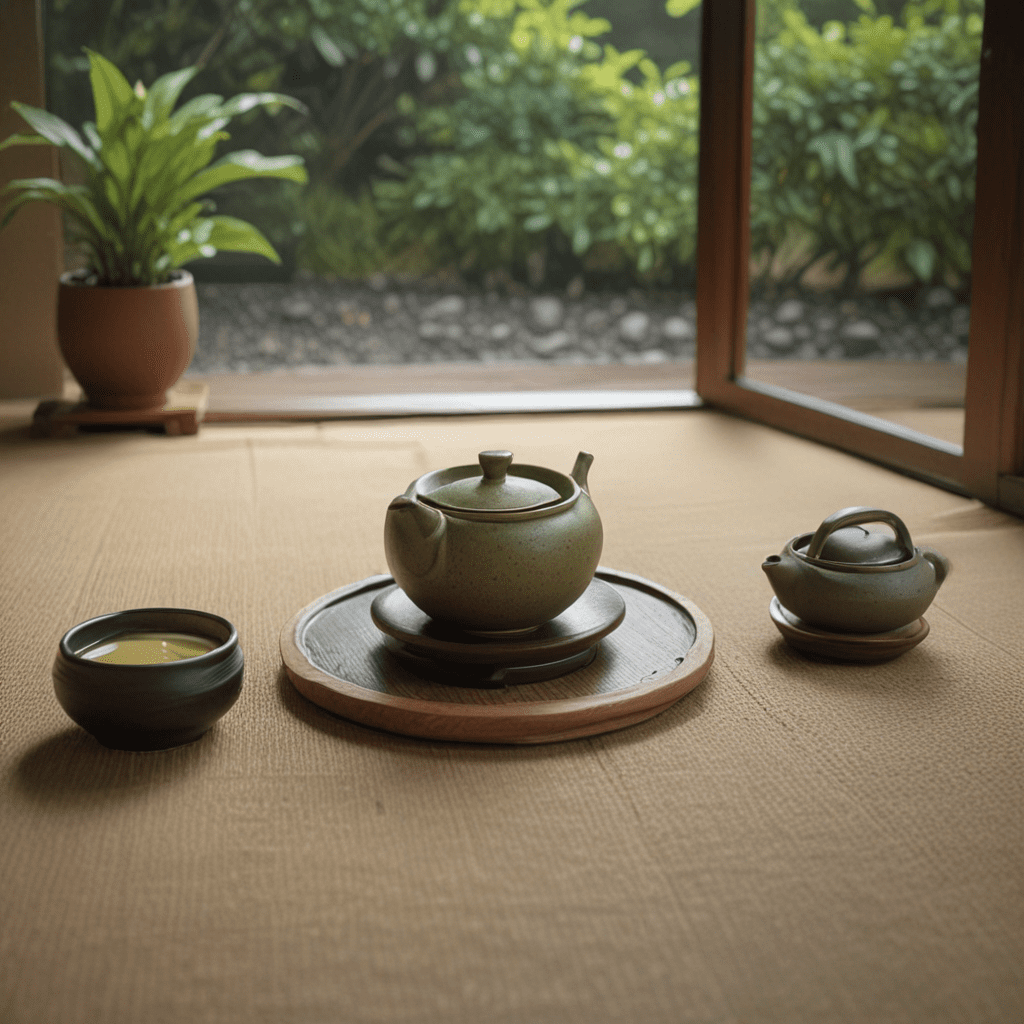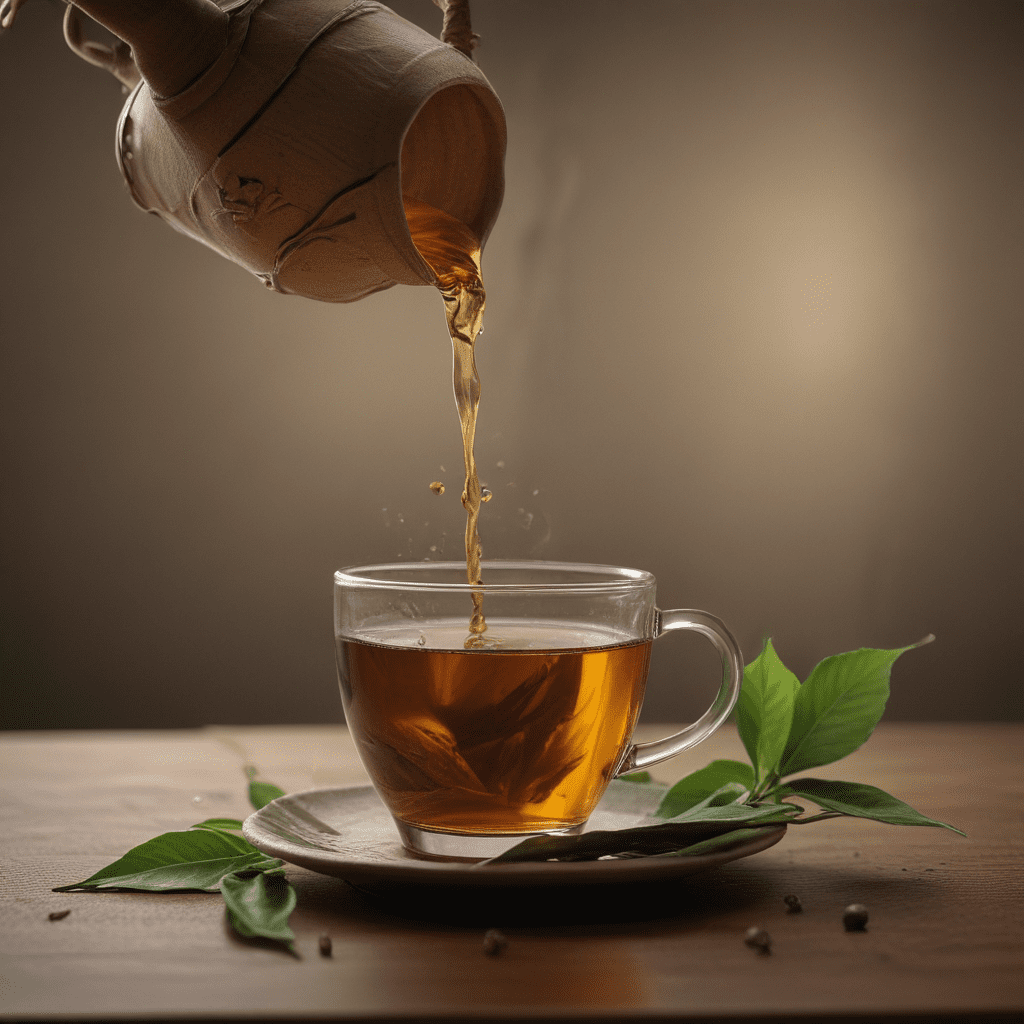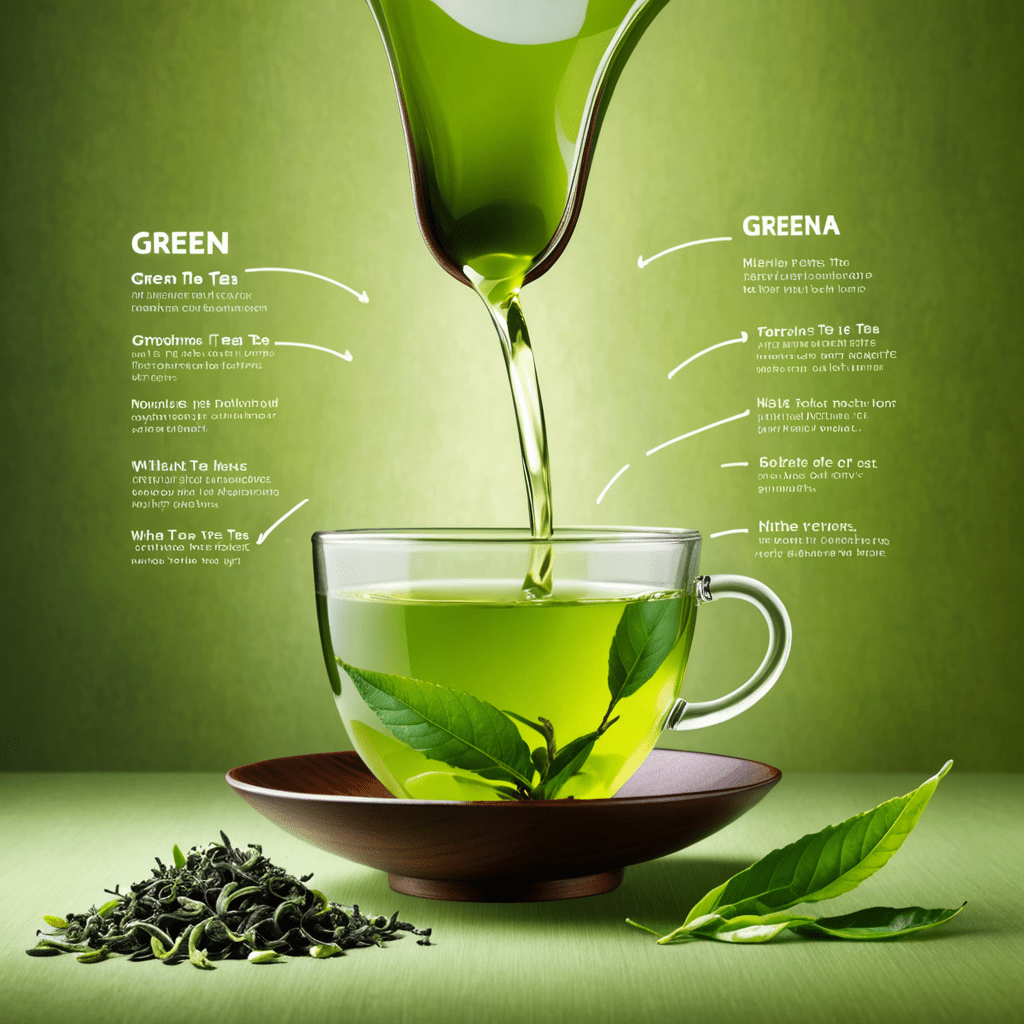
Japanese Tea Ceremony: A Path to Mindful Living
I. Introduction
The Japanese tea ceremony, known as chanoyu or chadō, is an ancient ritual that has been practiced for centuries. It is a highly refined and elaborate form of preparing and serving tea, with a strong emphasis on mindfulness, harmony, and tranquility. The tea ceremony is not merely about drinking tea; it is a profound cultural practice that embodies the Japanese aesthetic of wabi-sabi, which celebrates the beauty of imperfection and the acceptance of transience.
II. Historical Roots and Cultural Significance
The origins of the Japanese tea ceremony can be traced back to the 9th century, when Buddhist monks brought tea plants to Japan from China. Tea drinking gradually became popular among the nobility and samurai class, and by the 16th century, the tea ceremony had evolved into a highly formalized ritual. The tea ceremony was particularly influenced by the teachings of Zen Buddhism, which emphasizes the importance of the present moment and the cultivation of inner peace.
III. Preparation for the Ceremony
Preparations for the tea ceremony begin long before the guests arrive. The tea room is meticulously cleaned and decorated with simple, natural elements such as flowers, calligraphy, and ceramics. The tea utensils, including the tea bowl, whisk, and tea scoop, are carefully selected and arranged. The tea master, who is responsible for hosting the ceremony, must be skilled in the art of tea preparation and possess a deep understanding of the tea ceremony's etiquette and symbolism.
IV. The Ceremony's Stages and Rituals
The tea ceremony is divided into several distinct stages, each with its own unique rituals and gestures. Guests are greeted by the tea master and invited into the tea room. They purify themselves by washing their hands and mouths before entering the tea room. The tea master then prepares the tea, using a precise and graceful sequence of movements. Guests are served the tea in small, delicate tea bowls, and they are encouraged to appreciate the beauty of the tea utensils and the simplicity of the ceremony.
V. Tea Utensils and Their Symbolism
The tea utensils used in the tea ceremony are not merely functional objects; they are imbued with symbolic meaning. The tea bowl, for example, represents the universe, while the whisk symbolizes the mind. The tea scoop represents the path to enlightenment, and the tea container represents the source of all things. The arrangement of the tea utensils in the tea room is also carefully considered, and each element is said to have a specific significance.
VI. The Role of the Tea Master
The tea master is the central figure in the tea ceremony. They are responsible for preparing the tea, hosting the guests, and ensuring that the ceremony is conducted according to tradition. The tea master must possess a deep knowledge of the tea ceremony's etiquette, symbolism, and history. They must also be skilled in the art of tea preparation and able to create a harmonious and welcoming atmosphere for the guests.
VII. The Etiquette of the Tea Ceremony
The tea ceremony is governed by a strict set of etiquette rules. Guests are expected to be respectful of the tea master and the other guests. They should also be mindful of their own behavior and ensure that they do not disrupt the ceremony. Some of the key rules of etiquette include:
- Arriving on time for the ceremony
- Removing one's shoes before entering the tea room
- Sitting in the correct position
- Handling the tea utensils with care
- Drinking the tea in a respectful manner
- Leaving the tea room in a clean and tidy condition
VIII. Benefits for Mindful Living
The tea ceremony can be a powerful practice for cultivating mindfulness and inner peace. By focusing on the present moment and the simple act of preparing and drinking tea, participants can learn to appreciate the beauty of the everyday and to let go of distractions. The tea ceremony can also help to develop concentration, patience, and gratitude.
IX. Tea Ceremony as a Social and Cultural Practice
The tea ceremony is not only a ritual for personal development; it is also a social and cultural practice. The tea ceremony is often used to entertain guests, build relationships, and celebrate special occasions. It is also a way for people to connect with Japanese culture and tradition.
X. Conclusion
The Japanese tea ceremony is a unique and profound cultural practice that has been passed down through generations. It is a ritual that embodies the Japanese aesthetic of wabi-sabi and the principles of Zen Buddhism. By participating in the tea ceremony, one can learn to appreciate the beauty of imperfection, the importance of the present moment, and the power of mindfulness.
FAQ
What is the purpose of the Japanese tea ceremony?
The purpose of the Japanese tea ceremony is to cultivate mindfulness, harmony, and tranquility. It is a way to appreciate the beauty of the everyday and to let go of distractions.
Who can participate in the tea ceremony?
Anyone can participate in the tea ceremony, regardless of their age, gender, or religion. However, it is important to be respectful of the ceremony's etiquette and traditions.
What are the benefits of the tea ceremony?
The tea ceremony can provide many benefits, including:
- Increased mindfulness and concentration
- Reduced stress and anxiety
- Improved mood and well-being
- Increased appreciation for the beauty of the everyday
- Greater understanding of Japanese culture and tradition
How can I learn more about the tea ceremony?
There are many ways to learn more about the tea ceremony. You can read books, watch videos, or attend workshops. You can also find tea masters who offer classes and private lessons.

